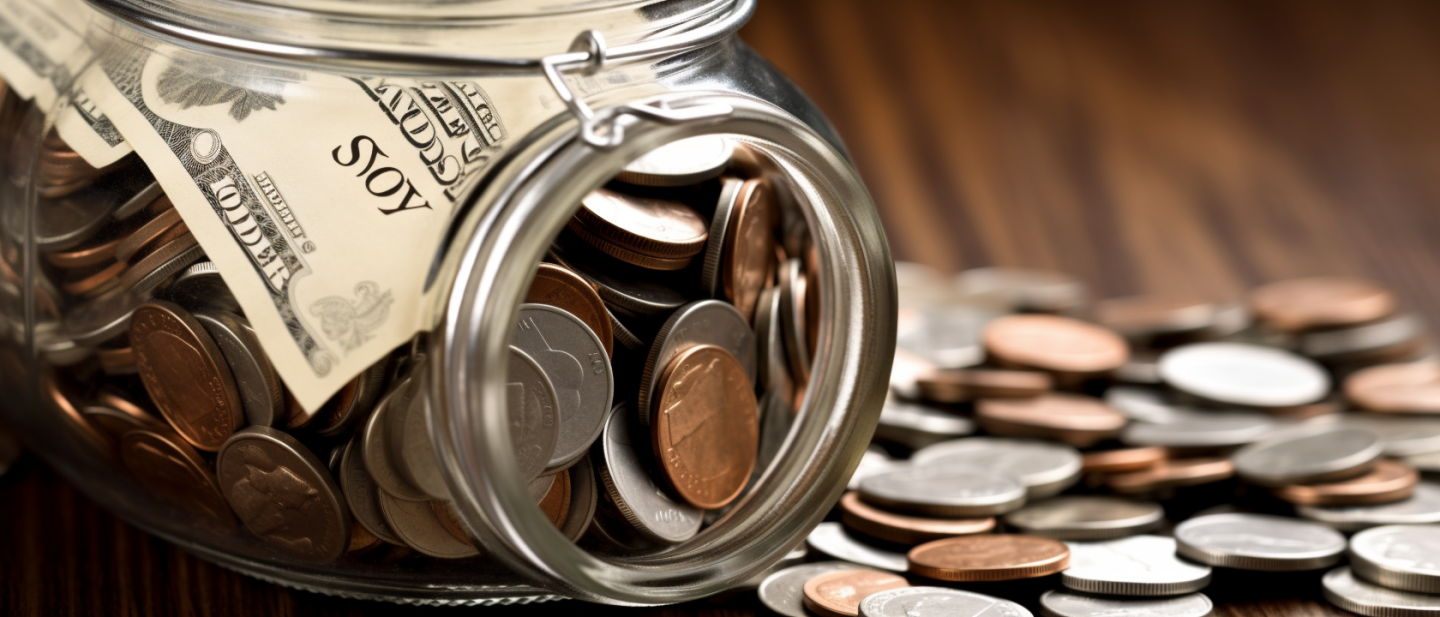
Table of Contents
- How much you should have in savings depends on your financial situation.
- Experts recommend starting with an emergency savings of around three to six months of your necessary expenses.
- Even if your savings goals feel unattainable, consistently contributing to them is important and can grow your savings more than you think.
- Storing your savings in an FDIC-insured high-yield savings account allows you to earn more money on your savings than a traditional savings account.
- After you’ve saved your emergency fund, consider investing to earn more money.
Understanding Individual Savings Needs
The “right” amount to have in savings depends on the individual and their unique financial landscape. You may come across some standard recommendations — like having three to six months’ worth of basic expenses in savings at all times — but it isn’t cut and dry. What makes sense for you depends on your situation.
For example, if you have children or a pet, your emergency fund might need to be higher than if you were only providing for yourself. Or, if you own a home, you might want to have both a personal emergency fund and a home savings fund to cover unexpected expenses like a broken sump pump or water leak.
Determining Your Target Savings
There are a couple of things to consider when determining your savings goals:
- What is your threshold for comfortability? Will having a three-month emergency fund suffice, or would you feel more at ease knowing you have a six-month fund?
- What expenses are essential to you? In an emergency, what would you be able to give up, and what is non-negotiable?
Once you’ve answered these questions, dive into your financial accounts. Review your bank and credit card statements, and make note of how much you typically spend on both essentials and non-essentials.
In a true emergency, you likely wouldn’t be hitting the spa, footing the whole bill at a group meal, or traveling to and fro. When you calculate your emergency fund target, simply multiply how much you spend on necessary expenses each month by the number of months you’d feel comfortable dipping into savings if you lost your income.
For example, if you spend $3,000 per month on essentials and want to have a six-month emergency fund, you’d need to save $18,000.
Consistency Over Quantity
Seeing these numbers might be intimidating, which is valid because it’s a hefty amount to save. As much as you can, focus on contributing what you can, not on how long it might take you to reach your savings goal.
Saving small amounts consistently can add up more than you might think. Plus, even small amounts can help cover unexpected expenses, preventing you from going into debt to cover an emergency.
Tools like auto-transfers can help automate the process of setting aside small chunks of money each month, week, or paycheck. There are even AI-driven savings tools like Cleo that will set aside money only when you have extra after budgeting.
Safety of Savings Accounts
It’s best to keep your savings in a savings account, which might sound obvious, but there’s more to the reasoning behind it. While both checking and savings accounts offer FDIC insurance up to $250,000 per depositor, per insured bank, checking accounts can be accessed via your debit card while savings accounts cannot. If you lost your debit card, or if it were stolen, your money can be stolen from your account.
When saving a large amount of money, like an $18,000 emergency fund, it’s best to keep it in the safest place possible. If you plan to save over $250,000, it’s best to keep the excess in a separate savings account to keep it insured.
If you plan to use a joint savings account with a partner, double check that the institution you choose is FDIC-insured. With single accounts, you’re insured up to $250,000, but with a joint account, each co-owner is insured up to $250,000. This means that in a joint savings account, up to $500,000 in deposits is insured.
Boosting Your Savings
If you want to earn interest on your savings, keep your money in a high yield savings account (HYSA). Unlike a standard savings account with an average yield of 0.43%, high yield savings accounts can earn you 5.00% APY in some cases.
On a balance of $15,000, you’d earn $64.50 per year in a traditional savings account or $750 per year in a high-yield savings account at 5.00% APY — that’s a massive difference.
HYSAs utilize compound interest, which allows you to earn interest on your interest (say that 10 times fast). For example, if you deposited $5,000 on Monday, let’s say your total increases to $5,000.10 by Tuesday due to interest. Now, when interest compounds on Tuesday, your interest earnings will be calculated based on your new balance of $5,000.10. This allows your savings balance to grow much faster, without having to deposit any additional cash.
Planning for Non-Emergencies
While planning for emergencies is important, and should be prioritized above fun expenses, planning for non-emergency expenses is important too. For example, you could create a savings fund for vacations, self care, or a down payment on a future home — it’s up to you and your financial needs.
If you decide to create other savings funds, either open a separate savings account or opt for a bank that allows you to sort your savings into separate buckets within the same account. This will prevent you from accidentally misusing funds for the wrong purpose.
Exploring Alternate Savings Options
In some cases, it might make sense to store your savings in an alternative financial instrument like a Certificate of Deposit (CD) or Money Market Account (MMA). However, be aware that there are limitations to both.
A CD is a type of savings account that allows you to earn interest on your money in exchange for locking it up for a period of time. If you withdraw funds before that time frame is up, you’ll pay a penalty fee to the bank.
For an emergency fund, where you’ll need access to your money at any given moment, utilizing a CD might not make sense. On the flip side, for long-term savings, it might be worth it for the additional earnings.
An MMA allows you to earn higher interest than other types of savings accounts. The downside is that you’re often limited to a certain number of transactions and withdrawals per billing cycle. It might also require a minimum deposit to open the account.
While you’d likely earn more with an MMA, it doesn’t make sense to use if you’ll need to access the funds frequently. Make sure to consider your options carefully before depositing your savings into an alternative account.
Investment As A Long-Term Savings Strategy
Having a solid savings strategy in place is important, but don’t forget to invest. Investing allows you the opportunity to earn much higher returns in comparison to savings accounts. For example, the average rate of return for the stock market, on a balanced portfolio, is 8.29% according to Vanguard.
That said, investment returns aren’t guaranteed. You’ll need to be smart about how much you invest and what you invest in. For some long-term savings goals, however, it can make sense to invest the funds and allow them to grow while you don’t need to access them. This is common with 529 Savings Plans, a vehicle for saving for a future child’s college education.
Preparing for Retirement
After your emergency fund is saved, consider investing for retirement. Retirement-specific accounts, like IRAs and 401(k)s, allow you to invest money with the specific intention of withdrawing it once you’ve reached standard retirement age. Because of this, they have limitations and penalties if you choose to withdraw funds prematurely.
Even if retirement feels far away, it’s important to invest early. Investments earn compound interest, which makes time an incredibly important factor. Remember, compound interest allows you to earn interest on interest you’ve previously earned. So, the longer your money is invested, the more time it has to compound.

Frequently Asked Questions (FAQs)
How Much Should A 30-Year-Old Have In Savings?
According to data from the Federal Reserve’s Board Survey of Consumer Finances, individuals under age 35 have an average savings balance of $11,200. The median balance, which more accurately reflects the average American, is $3,240.
Individuals aged 35 to 44 have an average balance of $27,900 and a median balance of $4,710. Individuals aged 45 to 54 have an average balance of $48,200 and a median balance of $5,620.
How Much Does the Average Person Have In Savings?
Not including retirement asserts, the average American has $65,100 in savings, according to a Northwestern Mutual 2023 Financial Planning study. Keep in mind that this is the average across all Americans, including the rich, which means it might not accurately reflect the average American.
What Is Considered A Good Amount To Have In Savings?
“Good” is subjective. Most experts recommend having three to six months of your necessary expenses saved in an emergency fund. Aside from that, as long as you’re consistently progressing toward your savings goals and contributing what you can, you’re on the right track.










